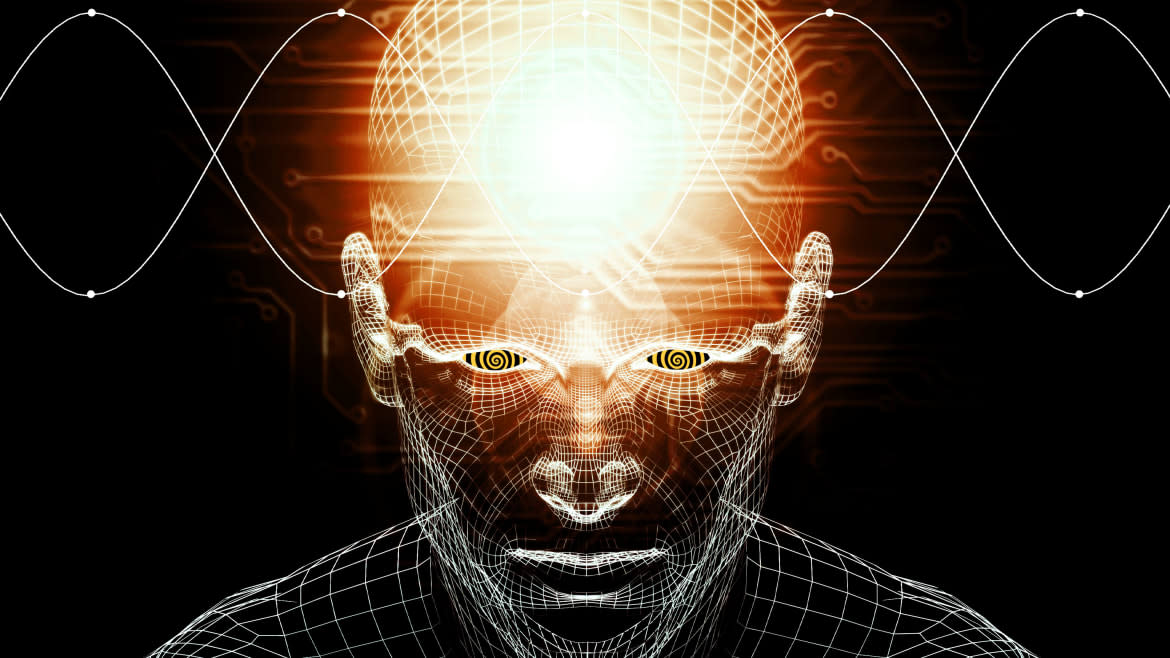This Bot Can Predict the Side Effects for Brand New Drugs

Have you ever taken some medicine that had side effects that surprised you? Maybe it was an antibiotic that made you break out in hives, or allergy medicine that blurred your vision. This is more common than you think. Heck, a surprising side effect of a blood pressure medication turned out to give men erections—resulting in the discovery of Viagra.
That’s because drug developers often aren’t aware of all the side effects when a drug is released to market. While the surprises might result in the creation of a new boner pill, they can also result in much worse outcomes. In fact, one Harvard study found that adverse reactions (fancy word for side effects) is responsible for 1.9 million hospitalizations a year—with up to 128,000 people dying from drugs prescribed to them.
Part of this is due to the fact that researchers can’t detect all of the potential side effects during clinical trials. Once it’s released to market—and thus increased its size of users—scientists get a more complete understanding of its effects. However, there might be a way to use the data gathered during clinical trials in order to predict adverse reactions using artificial intelligence.
Inside Google’s and Meta’s Arms Race to Build the Most Deceptive AI
In a paper published Dec. 7 in the journal Cell Reports Methods, an international team of researchers used a machine learning algorithm on more than 500 “therapeutically diverse drugs” to find more than 900 side effects. The bot, dubbed a geometric self-expressive model (GSEM), could be used to predict the side effects of medicine before it enters the market—and save lives in the process.
“Early and accurate detection of side effects is critical for the clinical success of drugs under development,” the authors wrote. They later added that GSEM can use data gained from clinical trials “to identify unknown side effects that might only appear after the drug enters the market.”
It’s not the first effort to use AI in order to find side effects. Past efforts have attempted to use computer modeling in order to identify adverse reactions after a drug hits the market, as well as using only data in the pre-clinical trial phase.
Are COVID Vaccine Side Effects a Good Sign?
But, for this study, the authors utilized only data from the clinical trial phase as provided by the Side Effect Resource (SIDER), a database of adverse reactions from different drugs gained during clinical trials. The AI then takes the relatively small amount of side effects and uses it to predict a wider range of potential symptoms from taking drugs.
The authors note that the framework can be used to “predict the frequencies of drug side effects in patients,” adding that the AI can “be helpful in the early detection of rare side effects that cannot be effectively captured in small-size clinical trials.”
As with all things AI-related, though, it should be noted that this isn’t a panacea for side effect predictions and would be used in conjunction with rigorous clinical testing and post-market evaluations. We’ve seen bots go awry numerous times in the past—showcasing racial and gender biases. When coupled with medical data, which has its own notorious history of scientific racism, it can be fertile ground for harm and bias.
However, there’s still the potential that an AI like this can help cut down on the hospitalizations and deaths due to adverse drug reactions—which is undoubtedly great. Just get ready for even longer, more incoherent side effects listings during drug commercials.
Got a tip? Send it to The Daily Beast here
Get the Daily Beast's biggest scoops and scandals delivered right to your inbox. Sign up now.
Stay informed and gain unlimited access to the Daily Beast's unmatched reporting. Subscribe now.

